Exploring Colour Combinations for Interior Design
It’s no secret that selecting colours that complement each other for interior design projects can be a daunting task, but don’t worry! We’re here to help.
In this article, we’ll provide tips on achieving jaw-dropping colour combinations that will inspire you and transform your space in ways you never thought possible.
The Importance of Colour in Interior Design
Colour is an invaluably powerful consideration in interior design, as it can set the mood and create a certain atmosphere in a room. Colour choices can evoke different emotions, and they can also impact the perception of space. For instance, light colours can make a room appear larger and more open, while dark colours can make a room feel smaller and cozier.
Because of this, it is essential to carefully consider your space’s colour palette to create the desired ambiance and visual effect.
Tips for Choosing the Right Colour Combinations
When it comes to choosing the right colour combinations for your interior design, there are a few things to keep in mind:
Start with a base colour: Choose a neutral colour, such as white, beige, or gray, as the base colour for your room. The neutrality of the base colour helps balance the overall aesthetic and provides a calming atmosphere. This will also provide a backdrop for other colours to pop.
Add accent colours: Choose one or two accent colours that complement the base colour. Accent colours are often brighter or bolder, creating a strong focal point in any room.
Consider colour schemes: There is a wide range of different colour schemes you can use, such as monochromatic, complementary, or analogous. For example, monochromatic colour schemes use different shades of the same colour, while complementary colour schemes use colours opposite each other on the colour wheel. Analogous colour schemes, on the other hand, use colours that are next to each other on the colour wheel.
Think about the mood you want to create: Different colours can create different moods. For instance, warm colours like red, orange, and yellow can create a warm and inviting atmosphere, while cool colours like blue and green can create a calm and relaxing vibe.
Colour Combinations for Interior Design
Now that you’ve learned some tips for choosing the right colour combinations, let’s explore some perfectly curated palettes for every room:
Navy blue and white: This classic colour combination is perfect for a modern, sophisticated living room. The navy blue provides depth and richness, while the white keeps the room feeling bright and fresh.
Sage green and blush pink: This soft and feminine colour combination is perfect for a bedroom or a nursery. The sage green provides a calming effect, while the blush pink adds a touch of warmth and character.
Mustard yellow and charcoal gray: This bold and dramatic colour combination is perfect for a dining room or home office. The mustard yellow adds an essential pop of colour, while the charcoal gray provides a grounding effect that promotes concentration.
Conclusion
Choosing the right colour combinations for your home is an exciting and creative process. By following the tips and tricks in this article, you can unleash your inner designer and create a space that reflects your personality and style.
Remember, colour has a powerful impact on our emotions, so it’s vital to choose hues that make you feel happy and comfortable. Don’t be afraid to experiment and try out different combinations until you find the perfect match for your home.
So go ahead, get inspired, and let your imagination run wild! With the right colour combinations, you can turn your home into a stunning masterpiece that is aesthetically pleasing and reflects your unique personality.

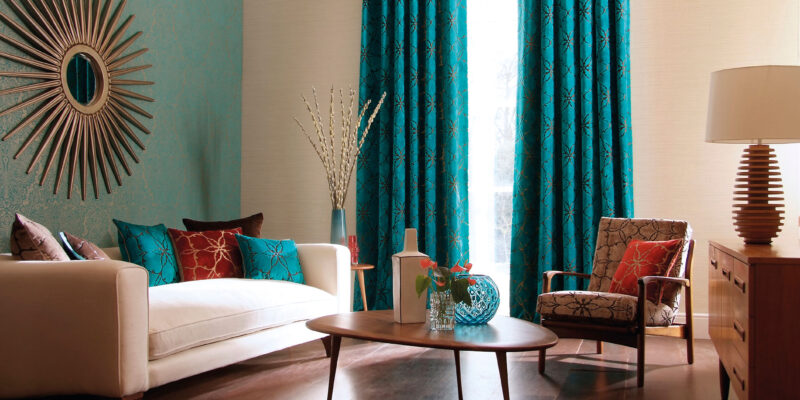

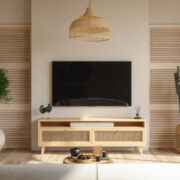



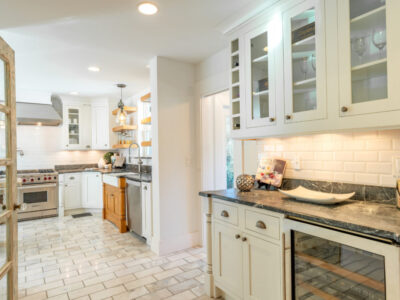
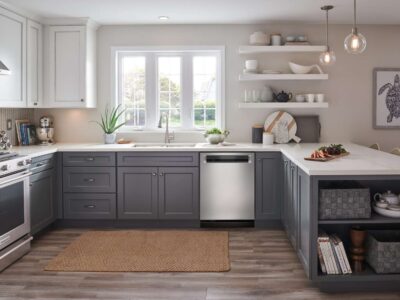
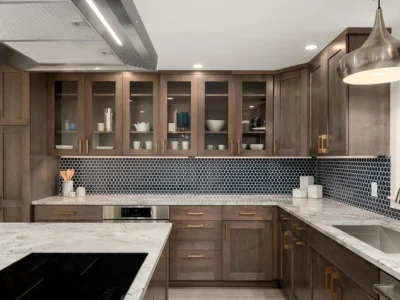




Comments